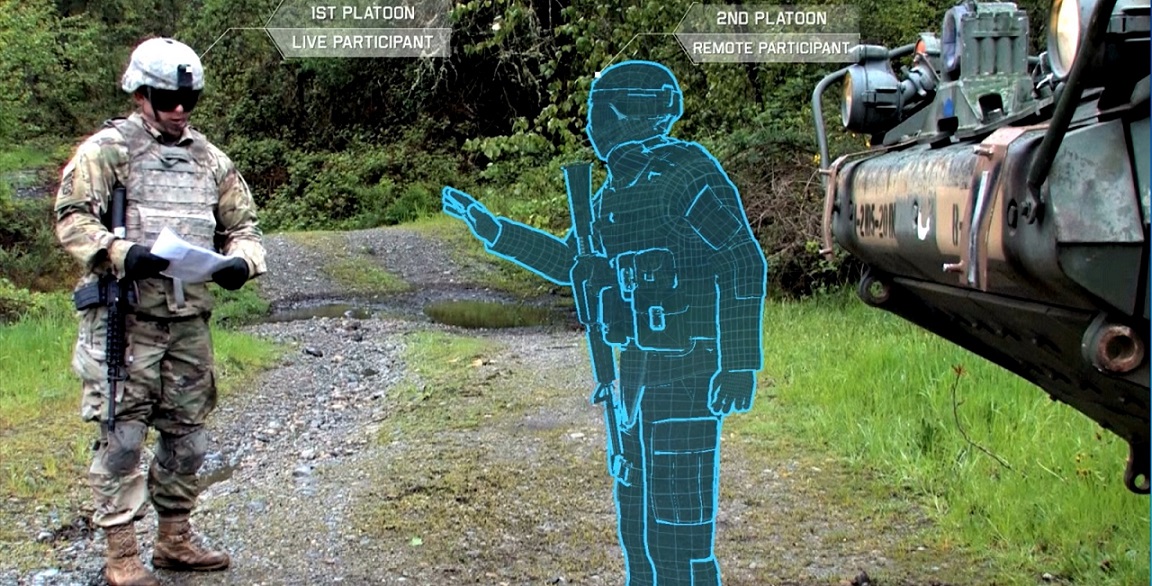This post is also available in:
 עברית (Hebrew)
עברית (Hebrew)
2018 was a pretty good year for military innovation, but it looks like 2019 is going to be even better. The Pentagon and other governmental institutes are experimenting with virtual and augmented reality, developing new aircraft and vehicles, and expanding their robotics and hypersonic offerings.
Here’s military.com’s brief of what to expect in 2019:
Augmented reality headsets – The Army signed a contract for 100,000 HoloLens headsets from Microsoft for $479 million in late 2018 and they should start reaching combat units within the next year or so. The idea is to give troops a simulation close as possible to the battlefield. Tankers could even see through their armor to better track enemy vehicles. The Army and other branches have researched augmented reality before, so there’s plenty of groundwork already done.
Robots joining human squads- one of the other additions to infantry squads and other maneuver units could be robots to carry gear, sensors, and electronic warfare equipment. Test runs have begun, the system brings in capabilities from all sorts of robots and drones already on the market. The Marines were able to use the robots to detect enemies and plan their assault before the simulated enemy even knew the Marines were there.
U.S. hypersonic missiles will become more operable – Hypersonic missiles are the ultimate first-strike weapon. They fly at five times the speed of sound, making it nearly impossible for ballistic missile interceptors to catch them. Truly utilizing this tool would be a huge breakthrough for the U.S., and it might allow America to leapfrog its rivals.
The SB-1 Defiant and V-280 Valor will show their stripes – The Army wants a whole new set of vertical-lift aircraft. The two top prototypes are going through trials now, and each has some exciting milestones scheduled for 2019. The biggest and earliest is the first flight of the SB-1 Defiant, a compound helicopter that is thought capable of almost 465 kmph in flight.
Bell Helicopters, meanwhile, is promising that their tilt-rotor offering, the V-280 Valor, still has a lot more skills to show off, and it’s already hit over 385 kmph in forward flight and shown off its agility. If Bell Helicopters wins the competition, the Army’s first order will likely be the largest tilt-rotor sale in military history.
Light tank prototypes will be unveiled- Over the next 14 months, BAE and General Dynamics will produce 12 examples of their light tanks, a modified Griffin and an updated version of the M8 Buford. Once the final prototypes roll off the line, the Army will test them side-by-side in exercises and trials, and then choose one design to purchase. It’ll be sweet to see the first prototypes in 2019, but it’ll be even greater at the end of 2019 or start of 2020 when the Army starts actually putting them through their paces. No matter which design is chosen, it’ll be a big capability upgrade for the infantry.
More autonomous aircraft, especially Army helicopters – It seems like the civilian market rolls out a new drone every weeks, and drone designs come around every few months. But the Army is trying to get a kit made that would actually change military aviation: a software and hardware suite that could make every Black Hawk — and other helicopters — into an optionally piloted drone.


























